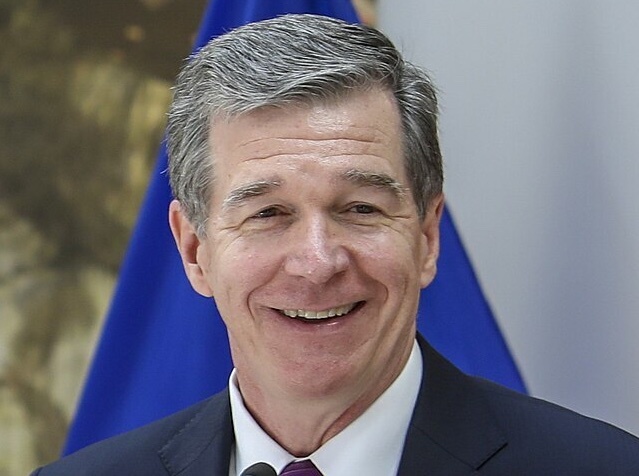When debating the state budget in North Carolina, many want to know how much spending has increased or decreased. Analysts and legislators on the left argue that spending has not increased enough, and government services need to be expanded. Those on the right argue the government is too large, and spending needs to be cut. Too often during budget debates, numbers start flying around that no one completely understands. Everyone needs to be using the same starting point or baseline when evaluating increases and decreases in order to have a sound and accurate discussion.
Why do legislators and analysts use different figures when reviewing spending? The answer is simple. During the budget process, there are multiple figures used before one reaches the final spending total. Last year a heated debate flared about the amount of funding for primary and secondary education. The Left said spending had decreased, because they used the continuation budget as a baseline. The Right said spending had increased, because they used the previous year’s enacted budget as the baseline. There was confusion because each group was using a different baseline when calculating the change from year-to-year in departmental spending.
The budget process is outlined in Chapter 143C of the North Carolina General Statutes. Commonly known as the State Budget Act, this law mandates that budget writers follow specific procedures at each step of the budget process. Using Office of State Budget and Management (OSBM) guidelines and incorporating their assumptions, each agency develops their budget requests and submits them to OSBM. Budget analysts in the governor’s administration review the agencies’ requests while incorporating economic and revenue forecasts. The process by which the governor creates a recommended budget includes the formation of a continuation budget, a calculated figure that reflects the amount of funding necessary to continue the current level of the state’s services.
While the continuation budget has served as the baseline for changes in spending for many years, it has repeatedly caused confusion when making year-to-year comparisons. An historical evaluation shows that the continuation budget has outpaced actual spending for public schools during the last five years. A continually inaccurate figure for state agencies cannot be used as a sound baseline for comparison. That is why using a starting figure closer to the enacted budget or actual spending makes more sense.
With passage of the FY 2014-15 budget, the continuation budget has become a thing of the past. Beginning in the 2015-17 biennium, the starting point for the state budget will be the base budget. The new law reads:
"Base Budget. – That part of the recommended State budget that provides the baseline for the next biennium. The base budget for each State agency shall be the authorized budget for that agency with adjustments only for the following: (a) Annualization of programs and positions. (b) Reductions to adjust for items funded with nonrecurring funds during the prior fiscal biennium. (c) Increases to adjust for nonrecurring reductions during the prior fiscal biennium. (d) Adjustments for federal payroll tax changes. (e) Rate increases in accordance with the terms of existing leases of real property. (f) Adjustments to receipt projections, made in accordance with G.S. 143C-3-5(b)(2)c. (g) Reconciliation of intergovernmental and intergovernmental transfers."
This will be a more realistic starting point for budget writers because it represents a baseline closer to actual spending levels from the prior year rather than arbitrary calculations and agency wish lists. There will still be separate and different budget figures released during the life of a budget, including the Governor’s Recommended Budget, Senate and House versions of the budget, the Enacted Budget, the Certified Budget, the Authorized Budget, and actual spending.
While the state budget process will remain a very complicated process, this change should make comparisons from year-to-year easier and less confusing for budget writers, analysts, and citizens alike. It will also make political manipulation of the budget process more difficult.
Click here for the Fiscal Update archive.
You can unsubscribe to this and all future e-mails from the John Locke Foundation by clicking the "Manage Subscriptions" button at the top of this newsletter.

